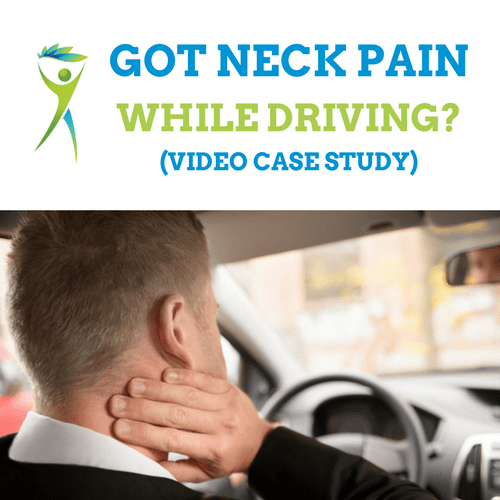
20 Jan Neck Pain While Driving
A quick google search of “neck pain while driving” brought me to this patient’s experience on spine-health.com.
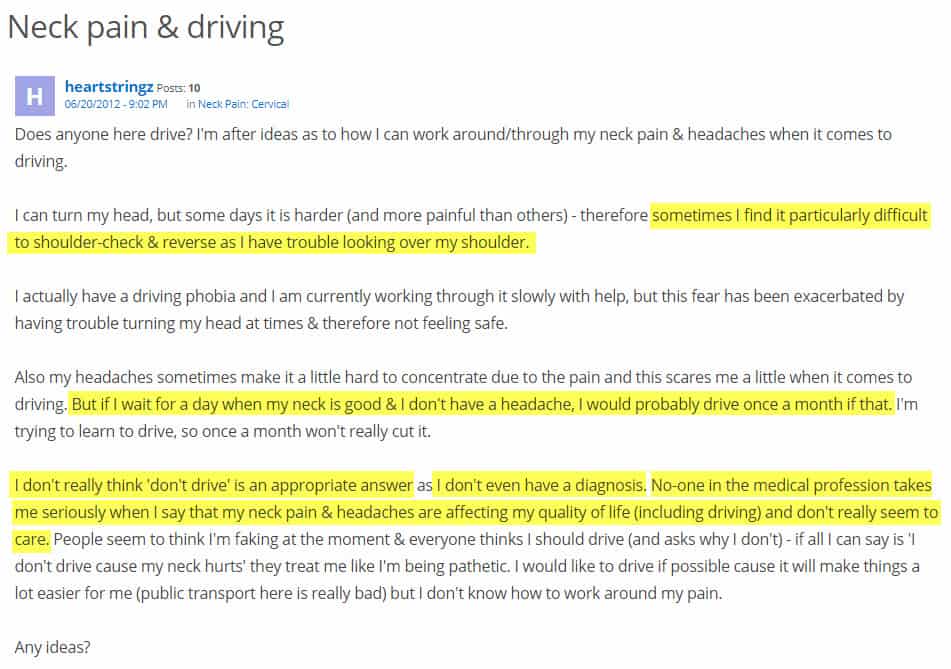
One of the most common ways that neck pain translates to everyday life is in checking one’s blind spots while driving.
As heartstringz reports above, it can be really scary when you can’t fully see behind your shoulder because you can’t turn your head and you have increased neck pain while driving.
In chiropractic school, I was driving home to New Jersey from Seneca Falls, NY, when the eighteen-wheeler next to me didn’t check his blind spot and decided to enter my lane and swipe my front right tire. Luckily, I was able to maintain control of the car and stay on the road. But two of the other three passengers in the car were quite shaken up by the experience.
If you don’t check your blind spot when changing lanes on the highway, please do so.
It can prevent many car accidents.
I digress.
Unfortunately for heartstringz, she doesn’t know about musculoskeletal experts who:
- help people who have had more than two months of annoying, frustrating pain and have seen 3-5 other doctors,
- diagnose people completely and truthfully,
- offer solutions for each individual puzzle piece of the diagnosis,
- specialize in removing the biggest puzzle piece of her pain puzzle, adhesion.
Fortunately for the brilliant chemist, Irina, she found us at Barefoot Rehab.
Enter: Irina (Neck Pain While Driving)
Note to Irina: Thank you for letting us share your story. Someone like you might be inspired to get help and stop their suffering. : )
Imagine that any time you turned your head to the right, your head got stuck.
To get your head back to straight forward, you either had to concentrate and focus really hard over a 5-10 second period to get it back to normal. Or, you could grab your ear to trick your brain to get it back on straight.
It would be quite annoying.
When Irina came into our office, we diagnosed her with three primary puzzle pieces to see her pain picture (that are numbered in order of priority):
- Degeneration: a permanent problem that would not be fixed, but would only be managed as time went on.
- Emotional: there was an aspect to her pain that had significant emotion attached to it that I’m not an expert at fixing.
- Adhesion: Irina had a moderate amount of adhesion in her neck, which we needed to remove based on the pain’s presence for a decade (which is a long time).
Over fourteen treatments, we worked on her neck rotation to get her as close to 90 degrees of rotation as possible. Irina had about 60 degrees, bilaterally, which is 2/3 of what it should be.
Irina also cheated her rotation like Kyle is modelling for us in the next picture:
After fourteen treatments, we improved her rotation about 15 degrees to 75 degrees on each side (which was her best possible grade as there was no more adhesion to remove).
You’ll notice at the end of the video that while she could turn her head, her pain was only improved 25%.
There were two other lifestyle factors contributing to her pain:
- Lifestyle Problem #1 – Sleep: She slept face down with her head completely turned to the side.
- Lifestyle Problem #2 – Sitting: When she sat, she would sit away from the back of her chair.
Sleeping face-down is a huge no-no when it comes to getting out of neck pain.
Anytime you turn your head, it’s kind of like you’re screwing a cap on top of a bottle.
Righty-tighty means that when you turn the cap to the right on a bottle, the cap moves down on the bottle tracks. Turn your head either direction on your spine and the “cap”, or your head, lowers and compresses your neck joints. When your neck joints are already degenerated, you speeden the rate at which you continue to develop this permanent problem that cannot be fixed.
Part of managing Irina’s neck pain was her understanding that the less time she spent with her head turned would mean less stress on her neck and less neck pain.
Changing positions from sleeping face down with her head turned to on her side or on her back is an extra 8 hours a night without that stress, which adds up to an extra 2,848 hours a year without that high stress.
The other gigantic factor contributing to her neck pain was her sitting.
Sitting without back support is kind of like saying “I’m going to do Forward Folds (yoga) or Air Deadlifts (CrossFit) for 4-8 hours every day.”
While working out with varied movements and exercises for up to 60-90 minutes a day is good, working out for 4-8 hours a day (or the duration that people sit every day) will only result in high stress, high risk, and progressively worsening joint degeneration (again, which is NOT fixable).
Immediately, we implemented the Sit-Slide-Lean Rule.
After a week of sleeping on her side or face-up and Sit-Slide-and-Leaning, her pain improved another 25% for a total of 50%.
The last piece of relevant information for Irina’s case was the emotional aspect.
As the self-proclaimed king of emotional problems, anxiety, depression, and heavy-heartedness, I’ve been working to heal for more than 10 years.
- How One Patient Told Me to F*** Off
- You Can’t Workout to Compensate for a Lack of Mental and Emotional Health
I did an energy healing session with Irina where we discussed the deeper happenings of her life, then laid her down on the table, and bathed her body with healing smells, sounds, lights, and touches.
What I found most interesting was a few days later, when she came in for her adhesion-removal treatment, she was smiling. Then, the first thing she said was:
It feels better.
Previously, it was me pulling those words out of her. This time, she came in with those words.
We only did that one session so I don’t know how far it could have gone.
But the point is, most of us have emotional and spiritual contributions to our physical pain, if only we’ll look there.
If we’re honest with ourselves about fixing our health and life problems, it means addressing all of the pieces to the puzzle.
Heck, how can you even put the puzzle together unless you have all of the pieces in the first place?
3 Things To Do When Driving
Since we’re talking about driving, I’ll discuss 3 things I assume you’re already doing.
- Your Car Seat Supports Your Neutral S-Curve
- Your Butt Is Sitted-Slided-Leaned (forgive my English)
- Your Rear-View Mirror is Optimized for Your Upright Posture
1. Your Car Seat Supports Your Neutral S-Curve
Sometimes, my patients are surprised when I spend our treatment visits walking out with them to their car to look at their spinal alignment when in their seat.
When you’re standing, your spine has a natural, what I call “Neutral” S-curve to it.
If you sit in a really comfy, soft couch, you might notice that you’ve lost that S-curve and your spine is rounded in your low back, creating a C-curve.
The more time you spend with your spine in a C-curve, the higher the stress and the higher the risk of both low back and neck damage.
Those same patients who I walk out to their car with are even more surprised when, after years of severe chronic pain, I tell them:
You need to buy a new car with a seat that is going to love (and minimize stress) to your low back and neck.
Driving another 5-10 years in this car (assuming 15-30 minutes per day) is a sure-fire recipe to having serious arthritis 10 years from now.
“Are you serious?” the patient asked.
“If you’re asking if I’m serious about the health of your spine and the fact that there is no fix to degeneration, YES, I am,” I responded.
2. Your Butt Is Sitted-Slided-Leaned (forgive my English)
Make sure your butt is as far backwards on the chair as possible.
You might notice that what you thought was all the way back, was not. Think in terms of millimeters.
Get that butt back.
Ha.
3. Your Rear-View Mirror is Optimized for Your Upright Posture
Now, sit upright, with your upper back and wing bones against the back of the chair.
Like you’re in yoga class, imagine a string attached to the crown of your head pulling you up towards the clouds.
Only now, are you ready to set your rear-view mirror.
The mirror, when set in this posture, will become a reminder, a psychological primer, so that whenever you slouch or are not in the correct posture, you’ll have to sit upright again to see behind you.
DO NOT forget and resume a slouched posture, only to correct your mirror to that posture.
Your mirror trumps your shitty posture. Not vice versa.
Have You Had Your Neck Checked for Adhesion?
At Barefoot Rehab, we do not 100% fix everyone who comes through our doors.
However, we promise to:
- Honestly and completely, diagnose you.
- Fix you as much as conservative care can fix you by removing the most common problem in the body, adhesion.
We know that you’ve seen some chiropractors, physical therapists, or other healthcare providers for 20-30 sessions without any relief. That’s why we have the 5 Visit Rule. It’s our promise to get you some obvious, percentage relief in 5 visits or less or we refer you out.
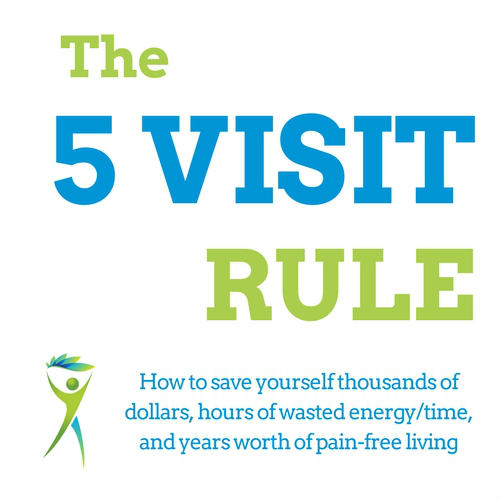
If you’re not sure if you want the highest quality musculoskeletal care, feel free to check out our 53 5-star reviews on Facebook …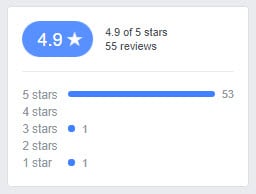
or our 31 5-star reviews on Google.
Having neck pain while driving is a choice.
You can choose to live with it.
Or you can choose to get expert help.
Never forget the choice.
I’m curious, how long have you had neck pain while driving? What have you tried to fix it? Did it work? How do you manage it? Do you have one of those giant side-view mirrors that allow you to see behind your car without turning your head? Those things are awesome.

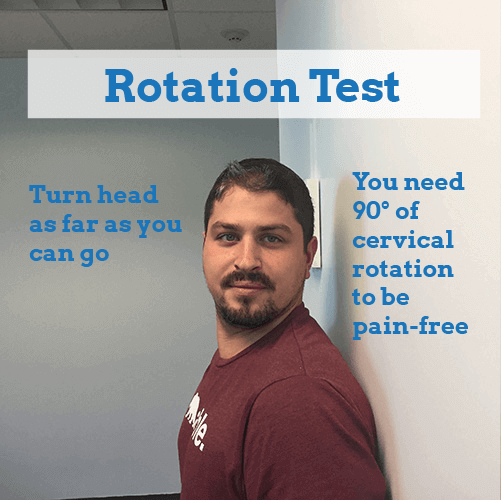
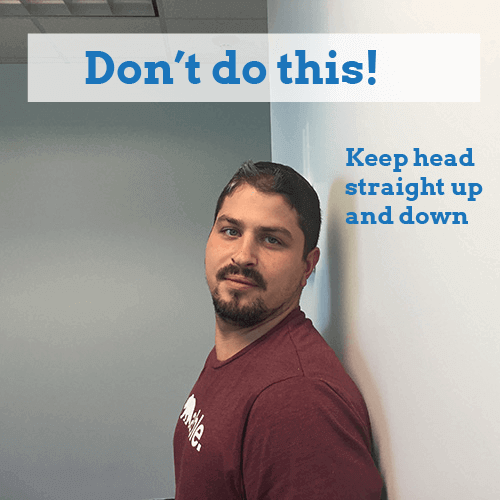
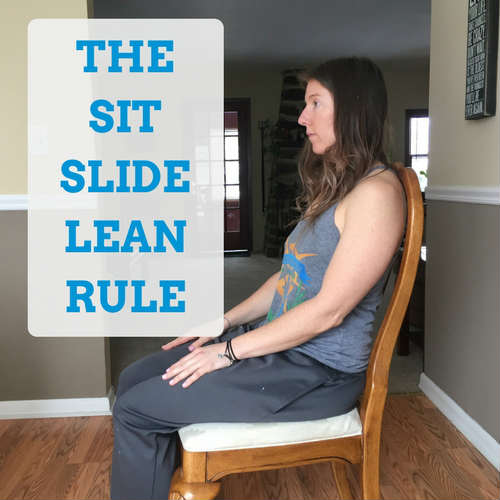

Claire Little
Posted at 22:22h, 19 AugustThis is a great post! I have been a physical therapist for 20 years, and struggled with my patients’ pain returning after long drives or flights, or running errands in their car. Please take a look at my invention to see how it could work in conjunction with your treatment plan by correcting the “catcher’s mitt” style of current car seats and head rests.
travelbuddyposture.com
Dr. Chris
Posted at 14:21h, 21 AugustTY Claire!